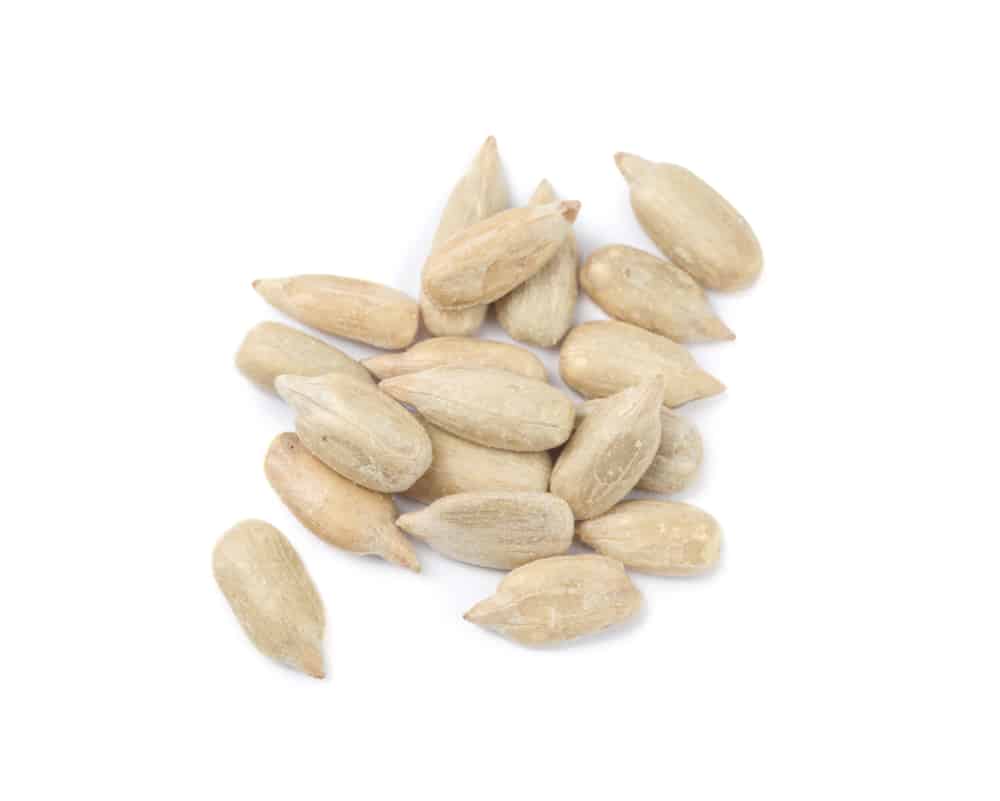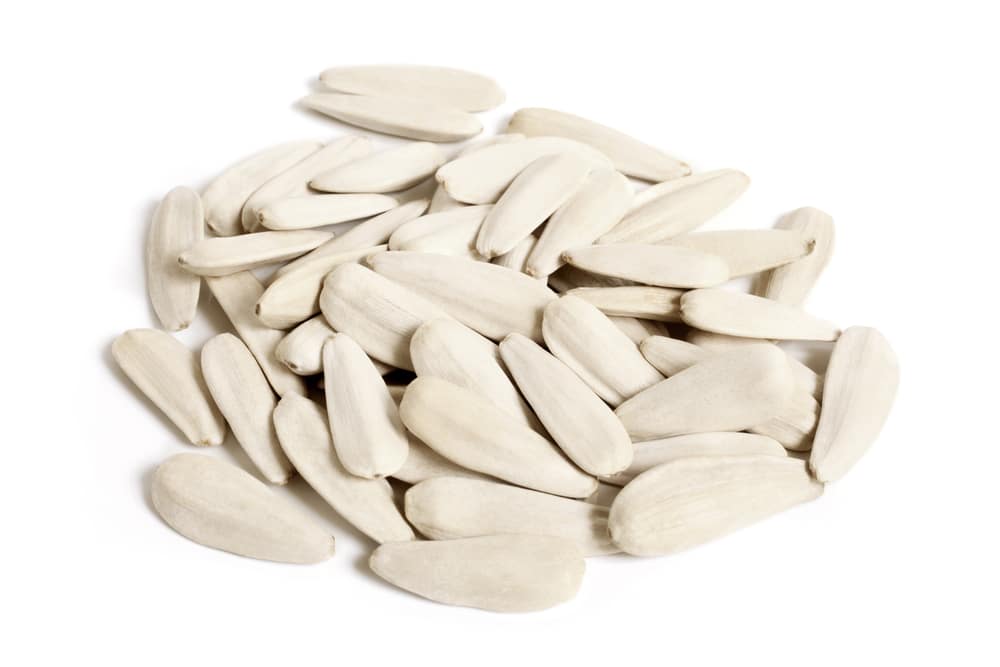Sunflower seeds are supposed to be black, right? So what’s up with the white ones? Are they defective? No, they’re not defective. There are a few reasons why your sunflower seeds might be white. Keep reading to find out more!
Why Are The Seeds White?
Most people are familiar with the classic image of a sunflower: a lush green stem topped with a large yellow bloom, its head dotted with black seeds. However, not all sunflower seeds are black. Younger sunflower seeds are often white or pale green.
As the seeds mature, they begin to turn black. So what does it mean if your sunflower seeds are white? There are a few reasons why this might be the case.
Too Young
Immature sunflower heads are the primary reason why sunflower seeds are white. The plant produces flowers that are yellow or sometimes red. The seeds will be white if you wait until the plant blooms fully.
It takes 80 to 95 days for a sunflower to fully mature. Once pollination has occurred, the flowers will begin to wilt and turn brown. The petals will fall off the flower; eventually, the head will mature, and the seeds will be revealed.
A white seed means it is underdeveloped and needs more time to mature. You can tell if sunflower seeds are ready to harvest if the back of the head is yellow and the front is starting to brown.
Not Putting Protection
The second reason sunflower seeds may be white is due to a lack of bird protection. When the sunflower heads begin to mature, you’ll need to put some netting or cage around them to protect them from birds. If you don’t, the birds will eat the seeds before they have a chance to turn black.
Once a bird damages a sunflower’s head, the natural maturing process will be disrupted, and the seeds may never turn black.
Improper Storage
The third reason sunflower seeds may be white is that they have been dried in dark and moist places. When sunflower seeds are dried in these places, they do not get enough sunlight, and as a result, they do not develop their full color.
Once the sunflower heads are fully mature, you must dry them. This can be done by hanging them upside down in a warm room or placing them on a screen in a sunny spot. Once the heads are completely dry, you can remove the seeds by shaking or rubbing them. The seeds can then be stored in an airtight container in a cool, dry place.
When To Harvest Sunflower Seeds?
Sunflowers are one of the most popular flowers in the world, and for a good reason. Their bright yellow petals and cheerful disposition add a touch of summer to any garden. Growing sunflowers is also relatively easy and a great addition to any flower bed or border. However, knowing when to harvest sunflowers is important to enjoy them at their best.
The first thing to consider is the variety of sunflowers you are growing. Some varieties are early-flowering, while others will bloom later in the season.
This will give you a general idea of when to start looking for ripe sunflowers. Another thing to keep in mind is the weather. The flowers may mature earlier than usual if it has been particularly hot or dry. Conversely, it may take longer to reach full maturity if it has been cool or wet.
The best way to tell if sunflower is ready to harvest is to look at the back of the head. The seeds should be plump and dark brown, and the stem should be dry and brittle. If the seeds are still green or the stem is still moist, the flower is not yet ready to be picked.
Once you have determined that the sunflower is ripe, cut the stem about an inch below the head and remove the flower. Place it in a cool, dry place until ready to use it.
Conclusion
If your sunflower seeds are white, it could be because they are immature, not protected from birds, or improperly stored.
To avoid this, wait until the sunflower is fully mature, put protection around the head to prevent birds from eating the seeds, and dry the flower in a sunny spot. By following these tips, you can ensure that your sunflower seeds are ripe and ready to enjoy.

